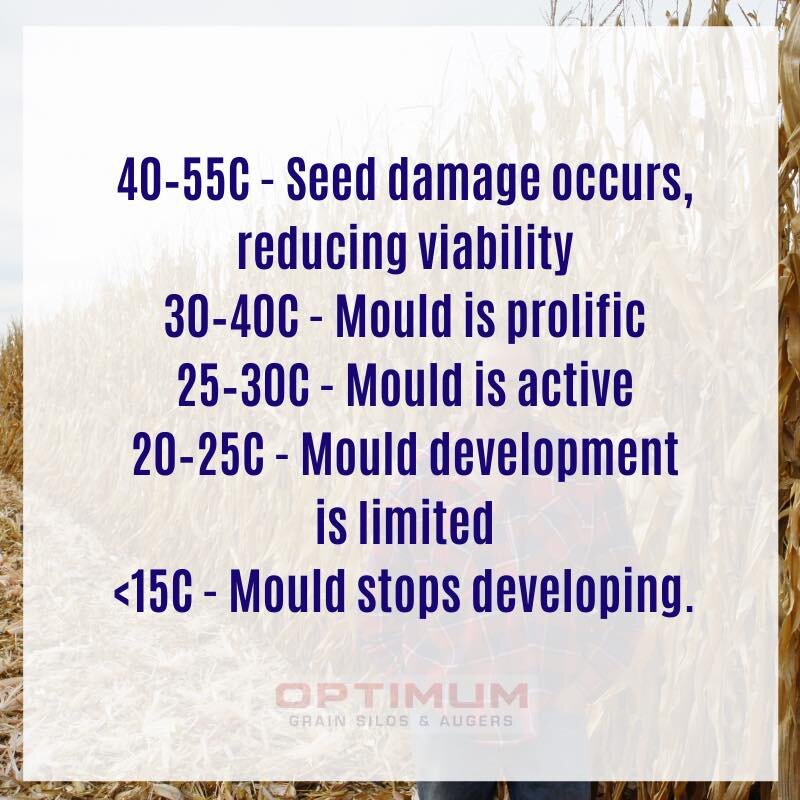Aeration and quality control; protecting, managing and ensuring the quality of your grain stores
During harvest and when grain is in storage, it is of critical importance to your livelihood that the quality of the grain isn’t compromised; whether it be by insects, heat, or moisture. Thankfully, there is a single solution that can mitigate against any of these potential problems impacting your grain stores.
Aeration will provide you, the grower, with a vital tool to ensure grain quality remains high long after harvest, and sees a reduced need for chemical insect control.
Why is aeration necessary for quality control?
Aeration provides a holistic solution to several compromising issues that can arise during storage; predominantly pests, moisture and heat.
Grain - the great insulator
Grain has the ability to hold its warm harvest temperature for quite some time; proving to be an extremely effective insulator. However this effectiveness poses a real risk for the viability of seeds moving forward, should moisture and mould begin to develop in stores.
On top of this, grain will immediately begin to increase in temperature once stored in a sealed system, increasing the need for a cooling system. A study by the Kondinin Group as listed below reveals the impact temperature variations had on the development of moisture and mould within grain stores.
Aeration cooling - for pest control
When grain storage is not properly managed, you run the risk of it becoming infested with stored grain pests i.e., weevils.
Aeration cooling within your storage system will drastically reduce the likelihood you’ll need to
use chemical pesticides, as the cooler temperatures increase the lifecycle length dramatically reducing reproduction/pest populations. While it is true that adult insects can survive in low temperatures, the young of most common storage pests will stop developing below 18-20C. Getting grain to, and maintaining, this lower temperature will go a long way in eradicating stored grain pests.
How do we do it?
Effective aeration is achieved through the installation of fans which cool from the bottom of the stack upwards towards a ventilation point. Without proper ventilation, condensation will form at the top of the stack - through aeration cooling and natural reheating without a way for the hot air to escape - creating a further moisture problem.
Knowing the best temperature air to use to cool your stored grain requires insight into the location and weather profile, as well as the type of grain, i.e., high or low moisture content, as the relative humidity and ambient temperature will impact the efficiency of grain cooling.
The need for monitoring
Once an aeration system is installed, of course maintenance and monitoring become key. Most aeration controllers are now designed to automatically run fans when the conditions will benefit the stored grain most, however stores still need to be checked to ensure the system is having the desired effect.
It makes economic sense for your operation and its ongoing validity, to ensure your stored grain is being managed correctly; including an aeration system that will see pest, moisture and heat risks mitigated.
Interested in talking to our team about how we can assist you to store your grain more effectively, or worried about the health of your stored grain? Get in touch today!

